
St Petroc
St Petroc
St Petroc is another saint who had a big impact on Cornwall like Piran. Many places still bear reference to his name, such as Little Petherick, Trebetherick and Padstow. He was born in southern Wales in the 6th century to a king and was Cadoc’s uncle. On his father’s death he refused to become king preferring the religious life.
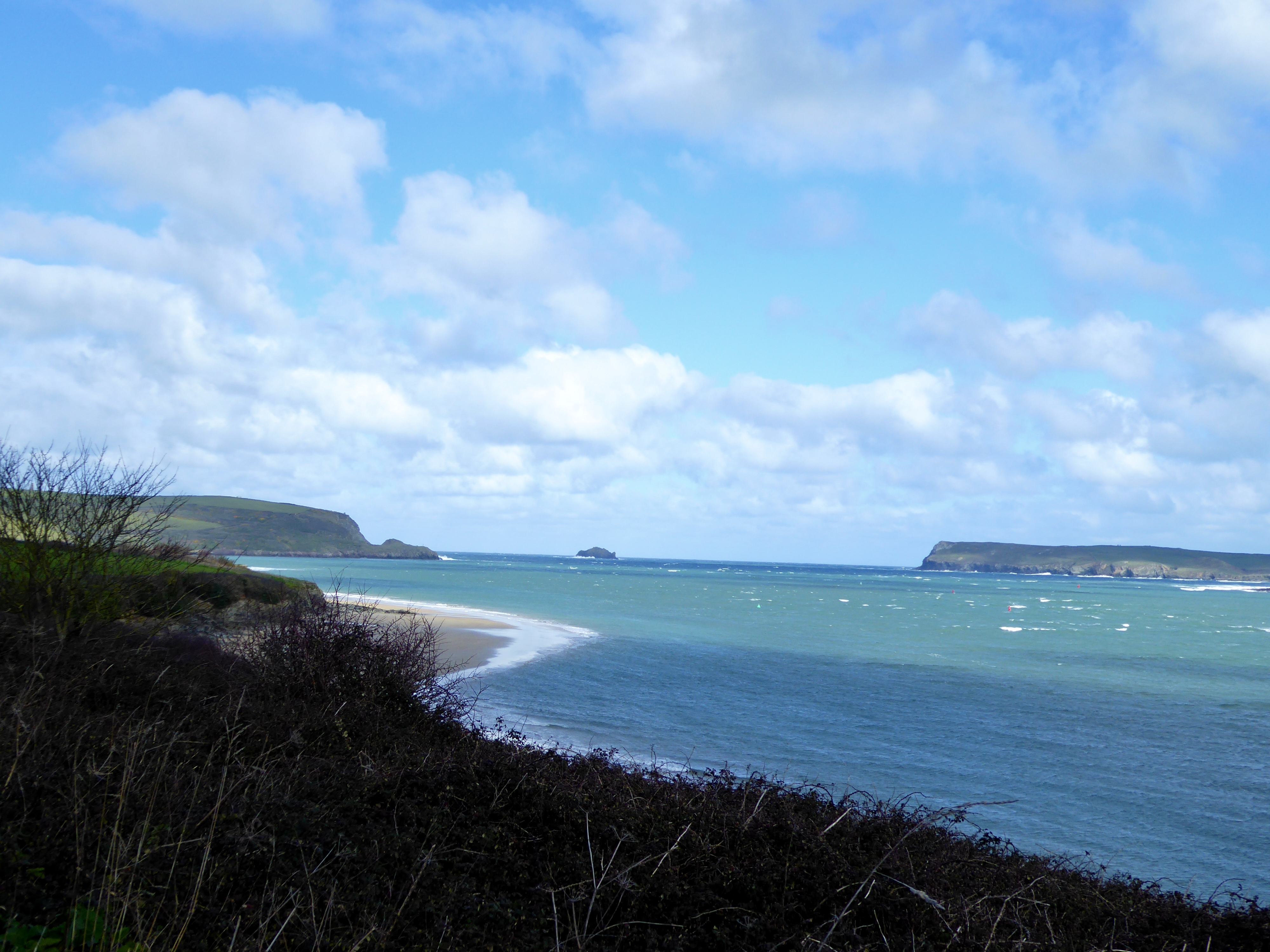
After 20 years in an Irish monastery he set out with companions, Croidan, Medan and Dagan, in coracles to evangelise. They landed at Trebetherick near Polzeath in 518AD and seemed to take over Gwethinoc’s mission in Padstow. The name changed from Lanwethinoc, holy place of Wethinoc, to Petroc’s Stow, Petroc’s place. He established a monastic cell, school, library, infirmary, and farm around the present church’s site in Padstow. This is probably where the original Lanwethinoc monastery was and which Petroc further developed. Some of the original priory buildings, including a tower now form part of Prideaux House.
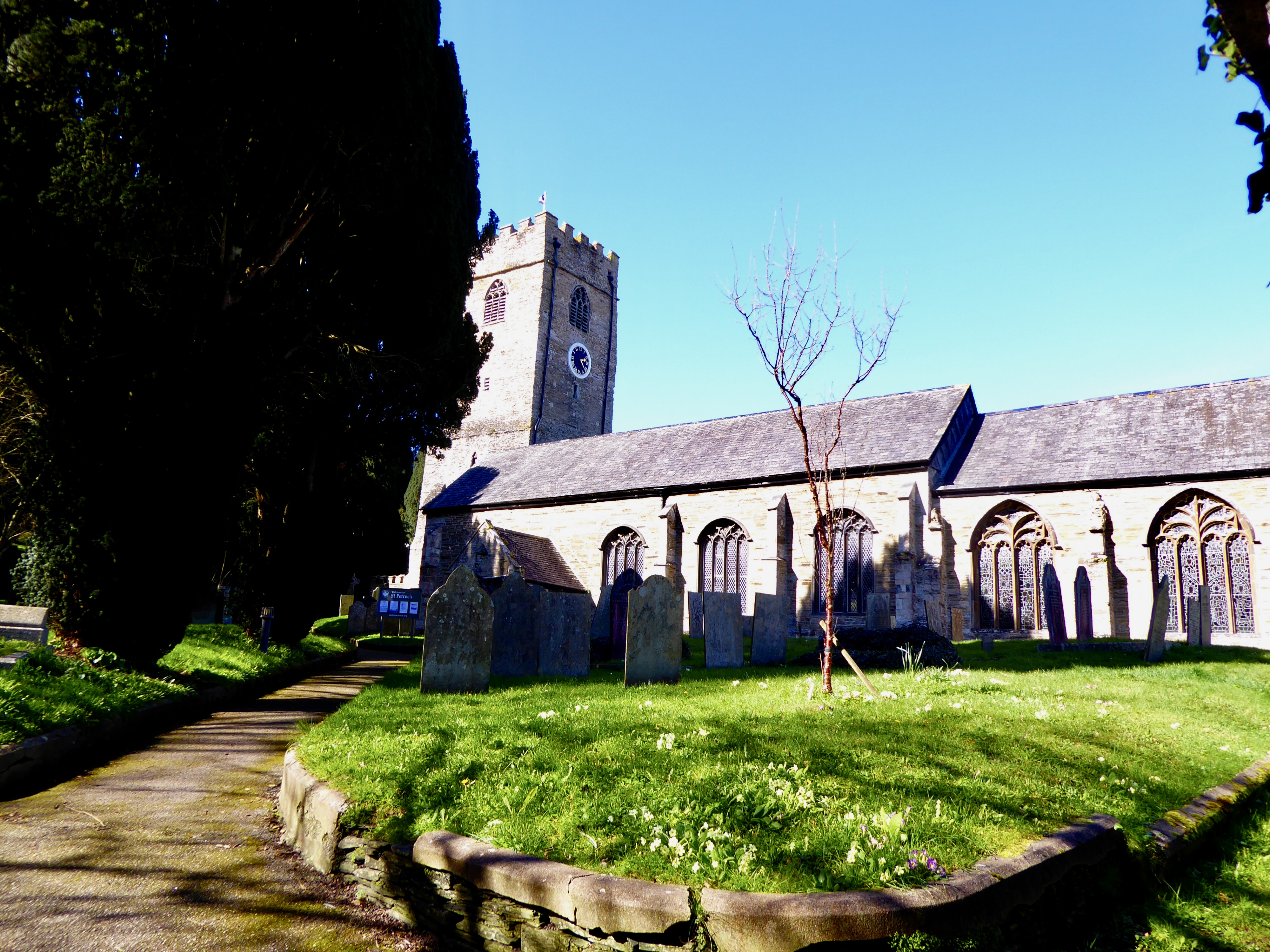
It’s possible to visit St Petroc’s church in Padstow and this is the starting point of The Saint’s Way, the long distance footpath going from the north coast to Fowey on the south coast. Pilgrims and merchants used this route in ancient times, to avoid the treacherous waters around Land’s End. Many wayside Celtic crosses still mark the route. You’ll find them unexpectedly at crossroads and in hedgerows.
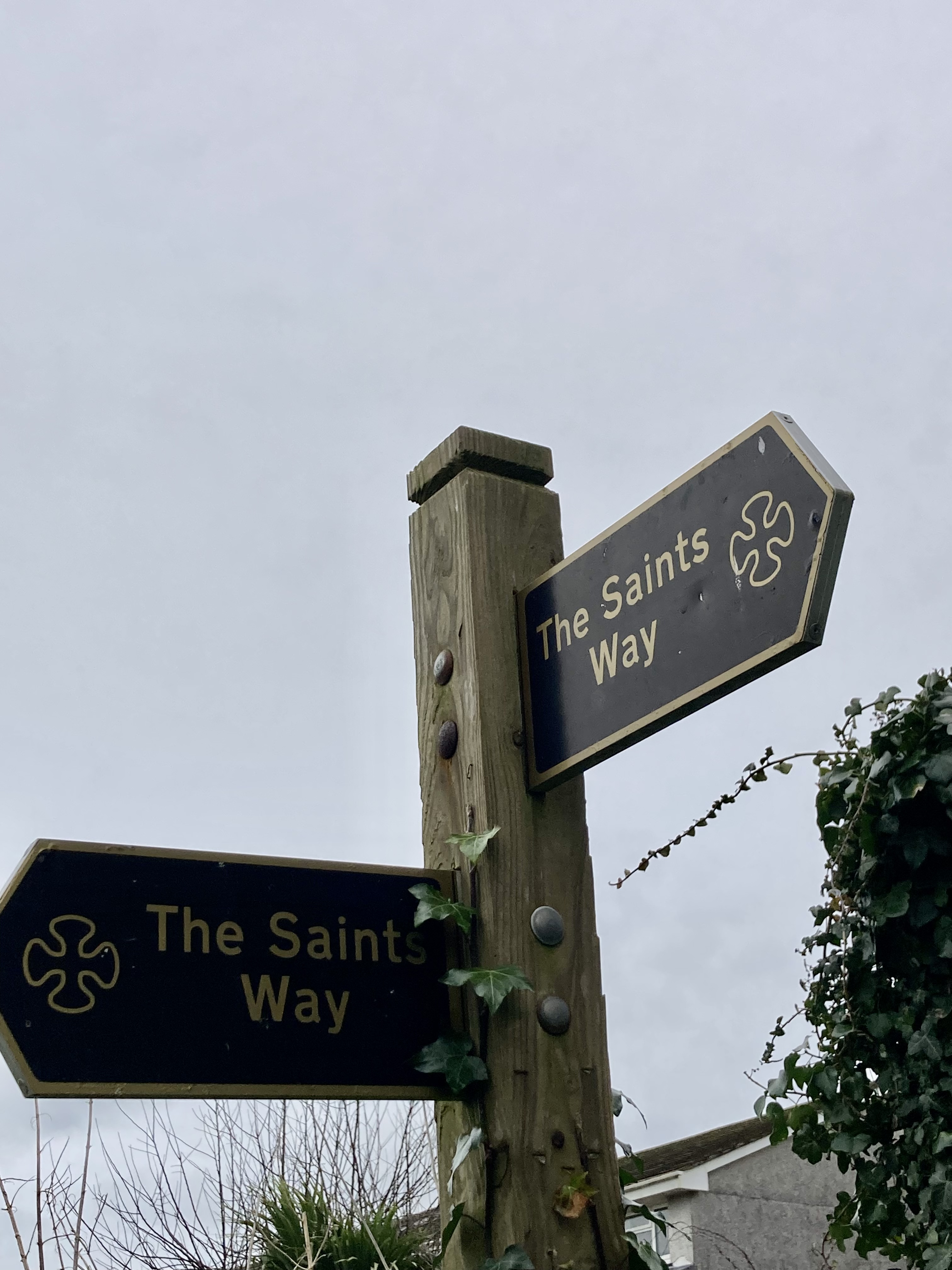
Several holy wells also exist around the church and have associations with St Petroc. Fenton Luna Holy Well which is a few streets along from the church, is thought to be the original holy well of Petroc. Fenton is a Cornish word for spring. It is now dry and the pump unusable. The granite surround dated 1592 is the date nearby Prideaux Place was built. The legend goes on arrival he met some men reaping the harvest, working hard. They were rude to him when he offered help, replying they needed water more. At this Petroc struck the ground here with his staff and water sprang up. The reapers started praising God for the miracle. Petroc was surprised they knew about God and asked how. They pointed to St Sampson who was establishing his monastic work here too, as well as Gwethinoc.
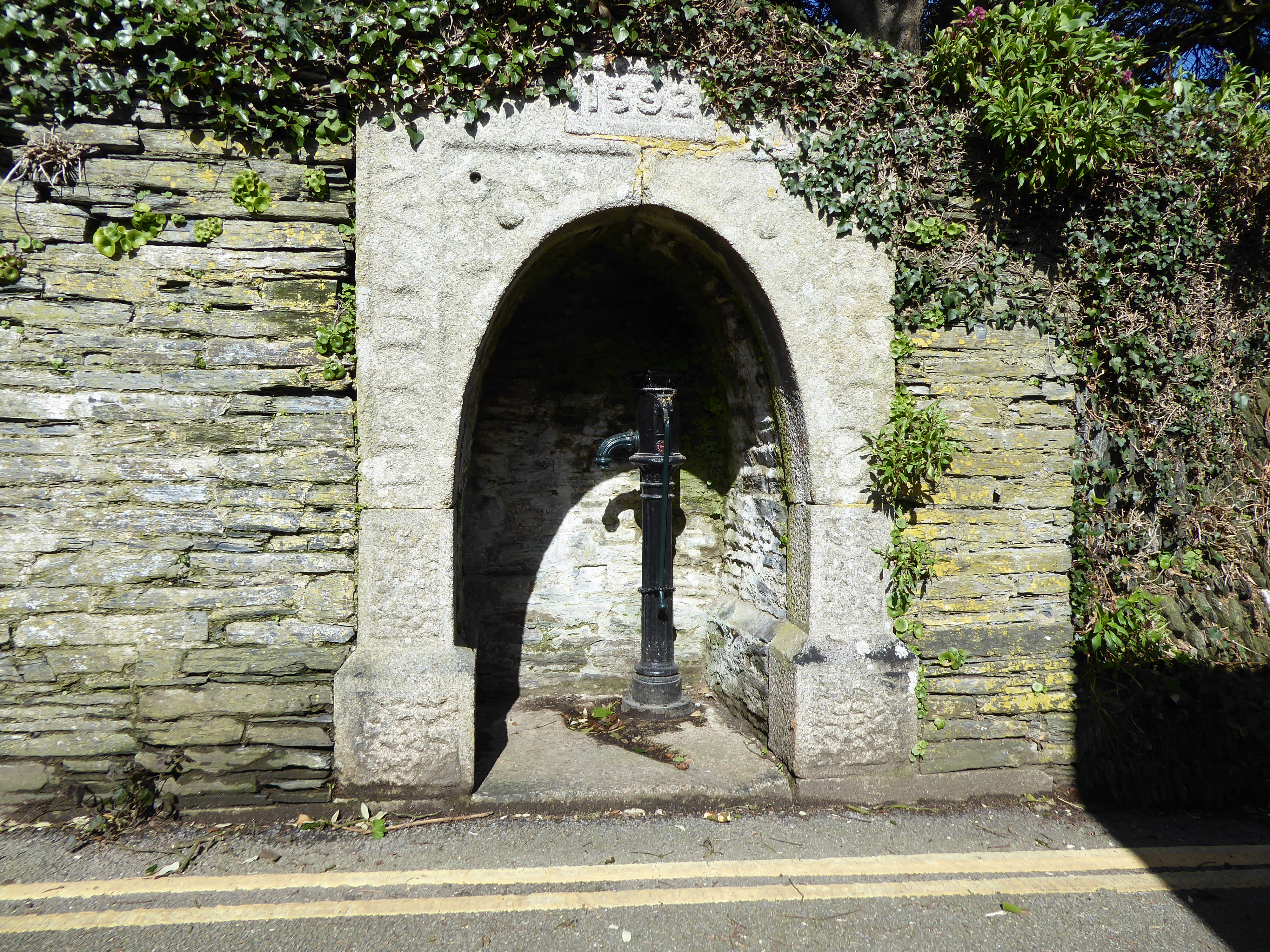
Another well is nearby outside Prideaux Place. This is called Fenton Leno and the spring still bubbles freely from inside the granite well house. The spring rises in the field just behind the more modern structure and you can see an ancient granite slab plus a small pool. The water runs beautifully clear. Some sources suggest that Petroc’s tomb was nearby this well and it was a place of pilgrimage. An ancient statue in the deer park wall suggests this may be true.
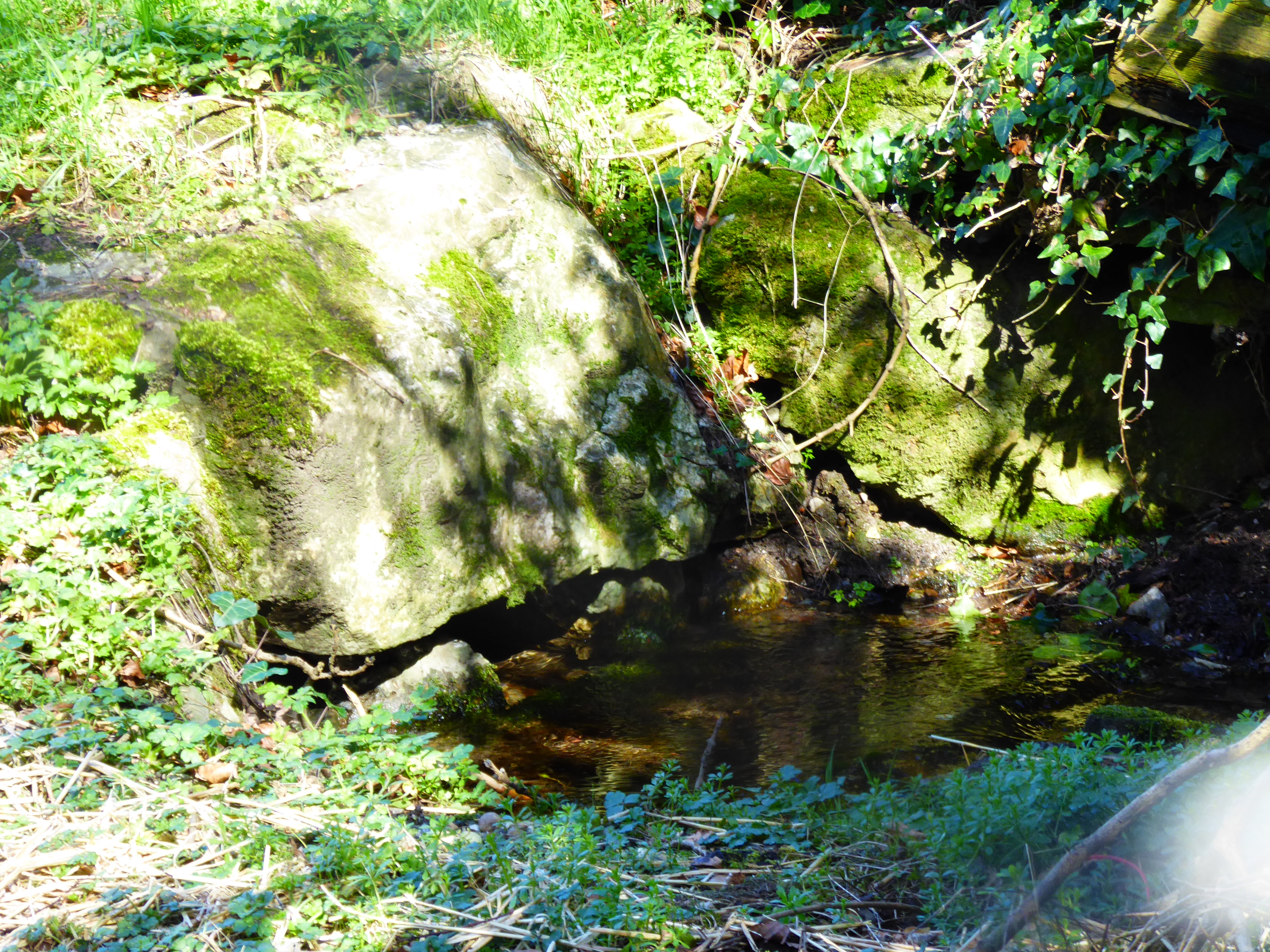
He also had a prayer oratory and mill at Nanceventon near Little Petherick Church. A holy well still exists along the creek shore below the church.
Petroc had a third settlement which was a small hermitage at Bosvenegh or Bothmena – the dwelling or abode of the monks. He was building on the mission Sampson and Guron had already established which became Bodmin. It seems he was directed by an angel to leave Padstow and travel into the remote wilderness of inland Cornwall. Here he found the hermit Guron who was both hard working and prayerful. Petroc asked to stay with Guron and they fellowshipped together before Guron left to found a new prayer cell further south at what is now Gorran Haven, leaving Petroc at Bodmin. Petroc's reliquary (which used to contain his relics) still exists in St Petroc's church at Bodmin.
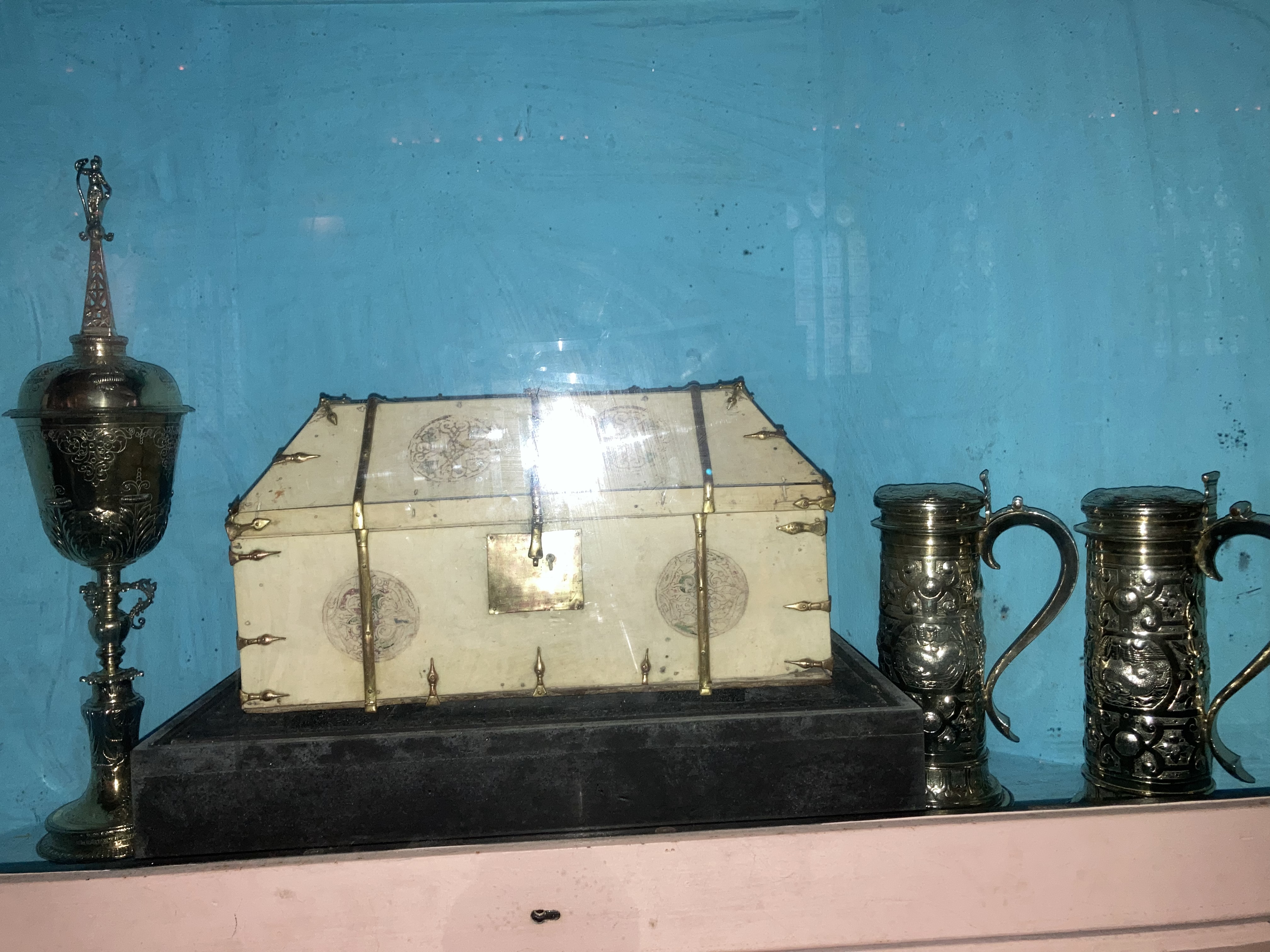
Petroc went on to establish a monastery of great repute at Bodmin. There's nothing really remaining of the monastery as it was destroyed in a Viking raid in the 900s, except the holy well but it was thought to be on the site of the current St Petroc's church.

Interestingly the holy well on the same site is still known as St Guron's well, showing the interlinking of the two men. The locals wouldn’t give him water, so he tapped the ground and a spring opened up. The locals were converted. There are several wells surviving in Bodmin with one in a lovely location in Priory Park, still known as Petroc’s well.

Petroc, like many of the Celtic pilgrims who were influenced by the Desert Fathers, was a strict ascetic mainly eating barley bread and drinking water with pulses on Sunday. He believed in hard labour and acts of penitence standing for hours up to his neck in water at Little Petherick, reciting the Psalms. He didn’t use oxen but the monks themselves ploughed the land. Initially vegetarian he abandoned this later. Yet he still had an affinity with animals. It’s told he tamed a wolf at Blable which means wolf pit farm, though some say this happened in India. He also removed a splinter from a dragon’s eye after it came to him for help.
Another legend talks about a confrontation with evil, where he rid the land of an enormous serpent kept to punish criminals by King Teudar, known for his cruelty and for killing many Christians.
Petroc is thought to have converted King Constantine of Cornwall to Christianity after sheltering a stag the king was hunting in his prayer cell. The king was enraged by Petroc but became paralysed and only being released from the paralysis when he repented, after which he became a Christian, giving land for the monastery to Petroc as a gift. Constantine’s holy well still exists near Holywell Bay. Some say this is why there is a deer herd still at Prideaux Place, Padstow!
There are a number of places on the north Devon coast also associated with Petroc. We were delighted to see his name as the founder of St Petroc's church in Parracombe on Exmoor.
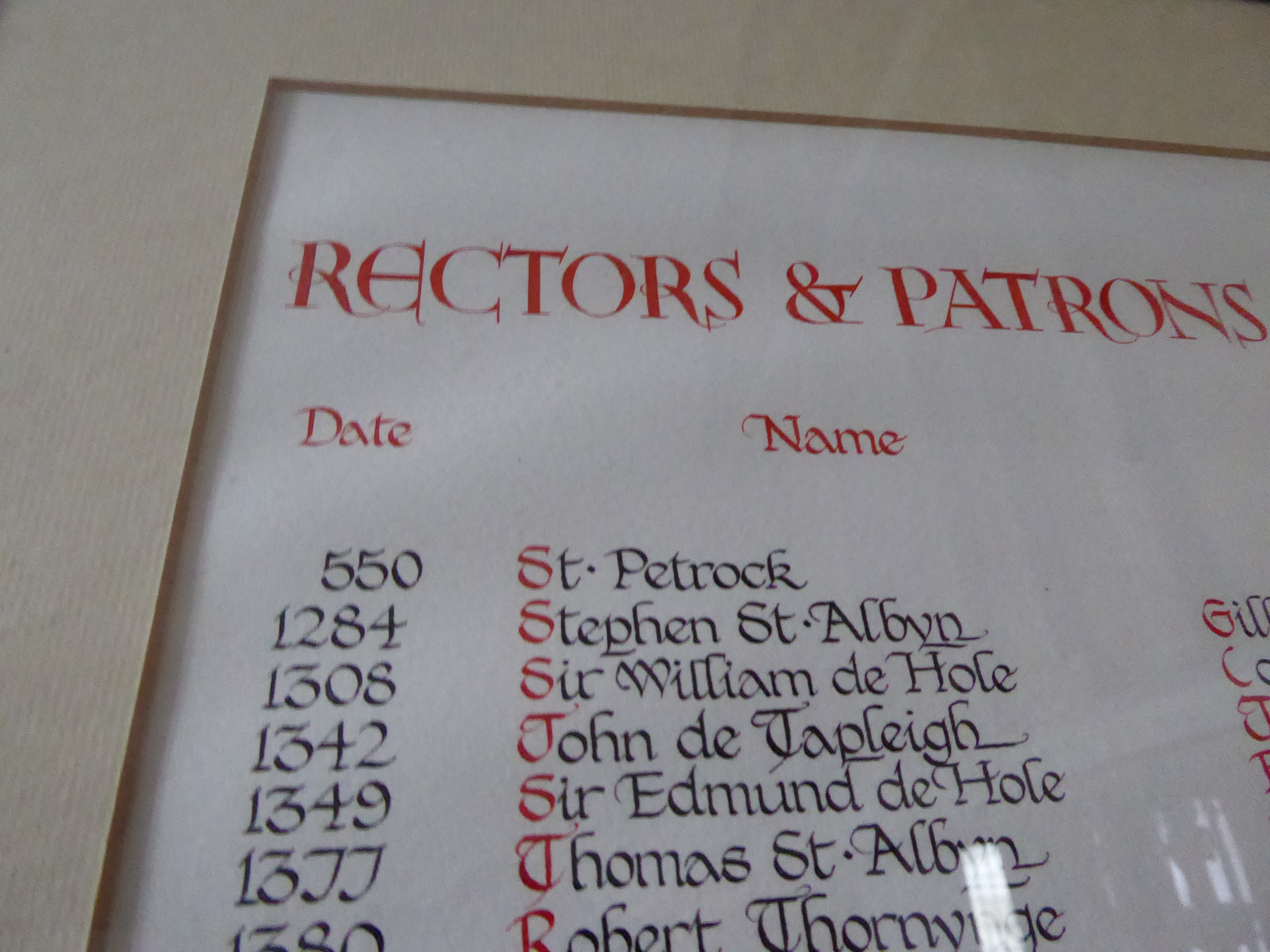
The church is in a wild and windy spot and sadly no longer in use as a place of worship. Although adopted by the church conservation body, it feels sad and unloved. The old georgian pews, whilst interesting historically, are formal and deteriorating. I wandered around the church not really very expectant but I stills stopped to pray by the altar and that's when it become interesting!
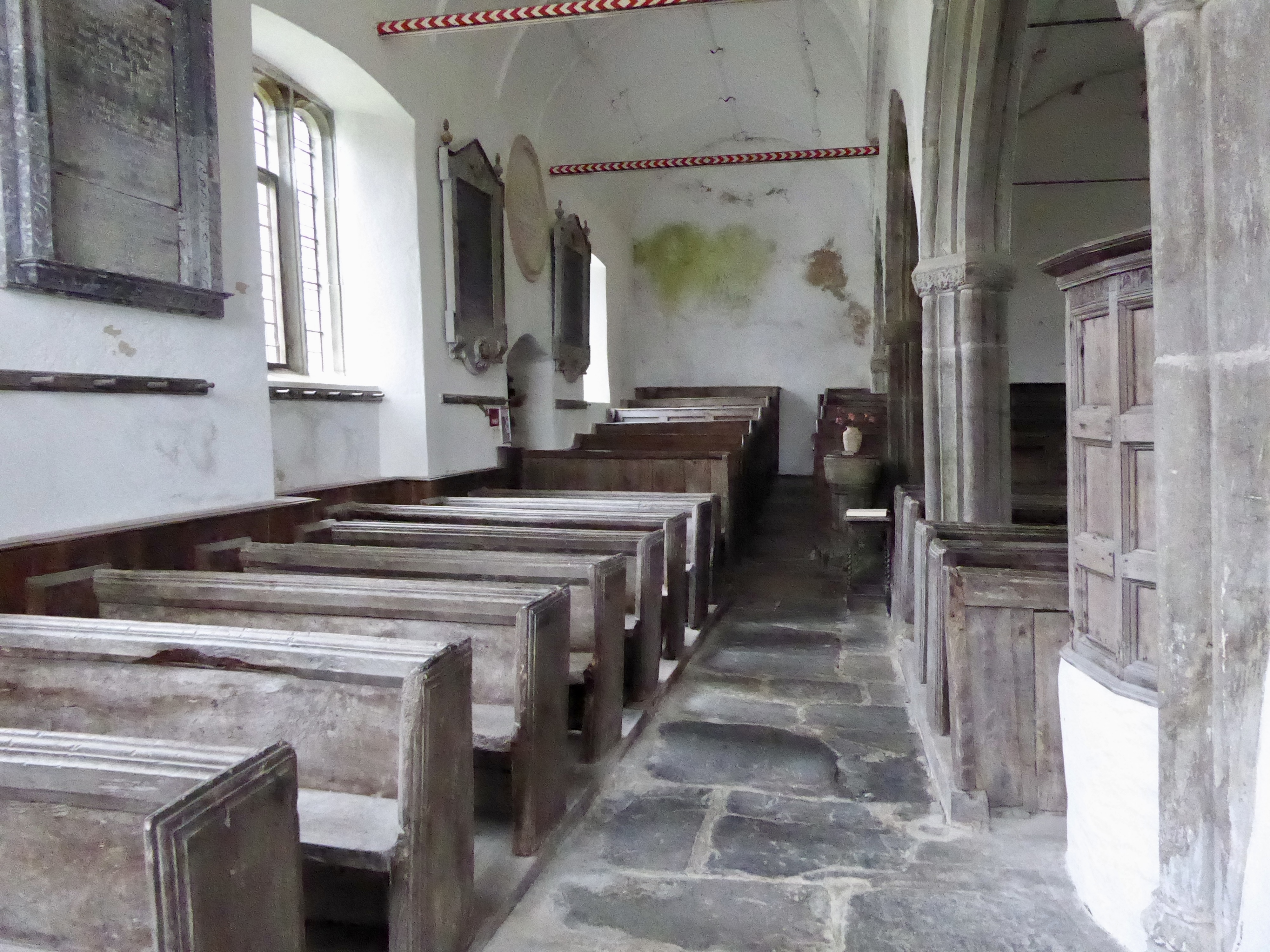

Immediately I was aware of the presence of God and the temperature rose several degrees. I found myself overwhelmed by the Holy Spirit and could do nothing except fall to my knees in adoration, worship and intercession. When the urgency had passed I asked God to open my spiritual eyes to see what was happening that there was such a strong presence of Him in that place. I then could see that a warrior angel in full armour was stationed on the spot where I'd been praying. His wings were outstretched and he was clearly on duty. He wasn't a gentle presence but a fiercesome one, carrying the holiness of God. I don't have any further understanding other than he is guarding a deposit of God in that place, in response to the faithfulness of Christians who have gone before us in prayer and worship. It is still a sanctuary, a holy place, despite its appearance and apparent neglect. Before I finished praying I sensed the angel place his hand on my head, strengthening me for battle and a deep peace descended. So, I encourage others to visit with expectancy, looking with the eyes of faith and not the natural mind.
Other snippets of information indicate Petroc travelled to India and spent 7 years on an island reputedly fed by a single fish.
Finally he returned to Cornwall and lived in an isolated hermitage on Bodmin Moor where he died on 4th June 564 at Treravel Farm. The spring on the farm is said to cure sore eyes and internal illnesses.